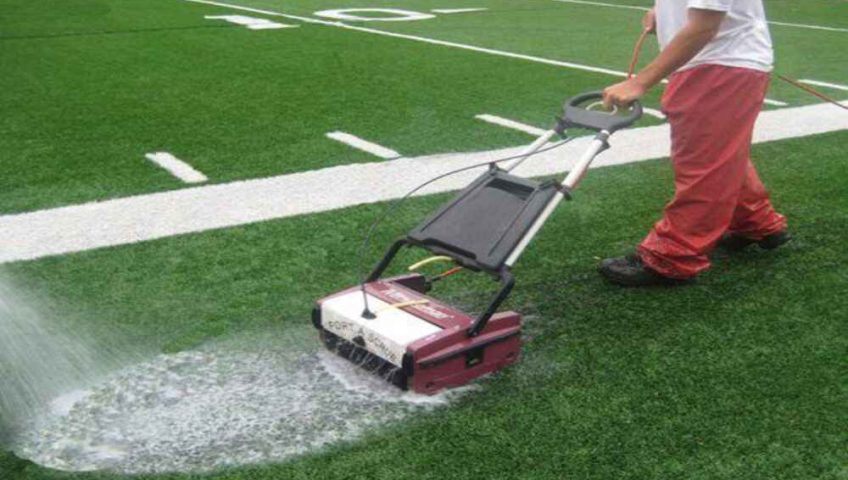Artificial turf is a popular choice for lawns, sports fields, and other outdoor spaces due to its low maintenance requirements and evergreen appearance. Artificial Turf Maintenance Tips To ensure your artificial turf remains in top condition and stands out from the competition, follow these comprehensive maintenance tips.
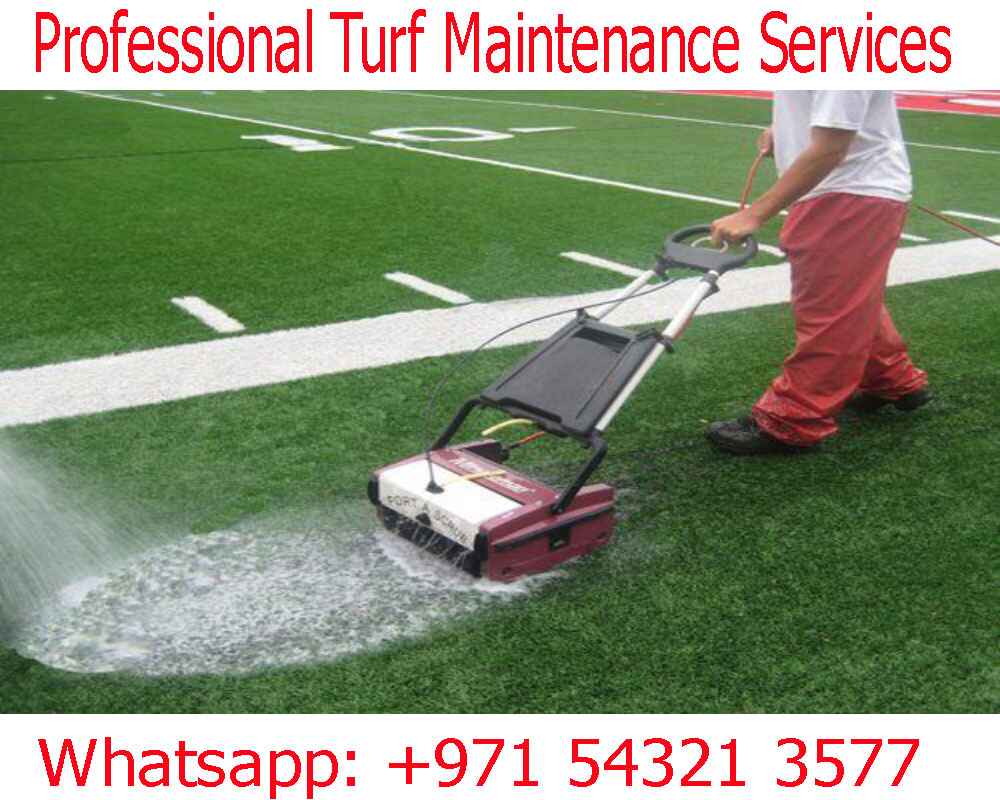
In our quest for a maintenance-free lawn that remains green and pristine, artificial turf has become a popular choice. However, it’s not entirely maintenance-free. To ensure your artificial turf retains its beauty, longevity, and usability, you need to implement the right maintenance practices. In this comprehensive guide, we will walk you through the essential tips for artificial turf maintenance. From cleaning to pest control, we’ve got you covered. Let’s dive in!
Understanding Artificial Turf Maintenance :
What is Artificial Turf?
Artificial turf, also known as synthetic grass or fake grass, is a man-made alternative to natural grass lawns. It consists of synthetic fibers designed to mimic the look and feel of real grass. Artificial turf offers numerous advantages, including water conservation, durability, and minimal maintenance requirements.
Why is Maintenance Important?
While artificial turf is low-maintenance compared to natural grass, it still requires regular upkeep to ensure its longevity and aesthetic appeal. Proper maintenance helps prevent wear and tear, keeps the turf clean, and extends its lifespan.
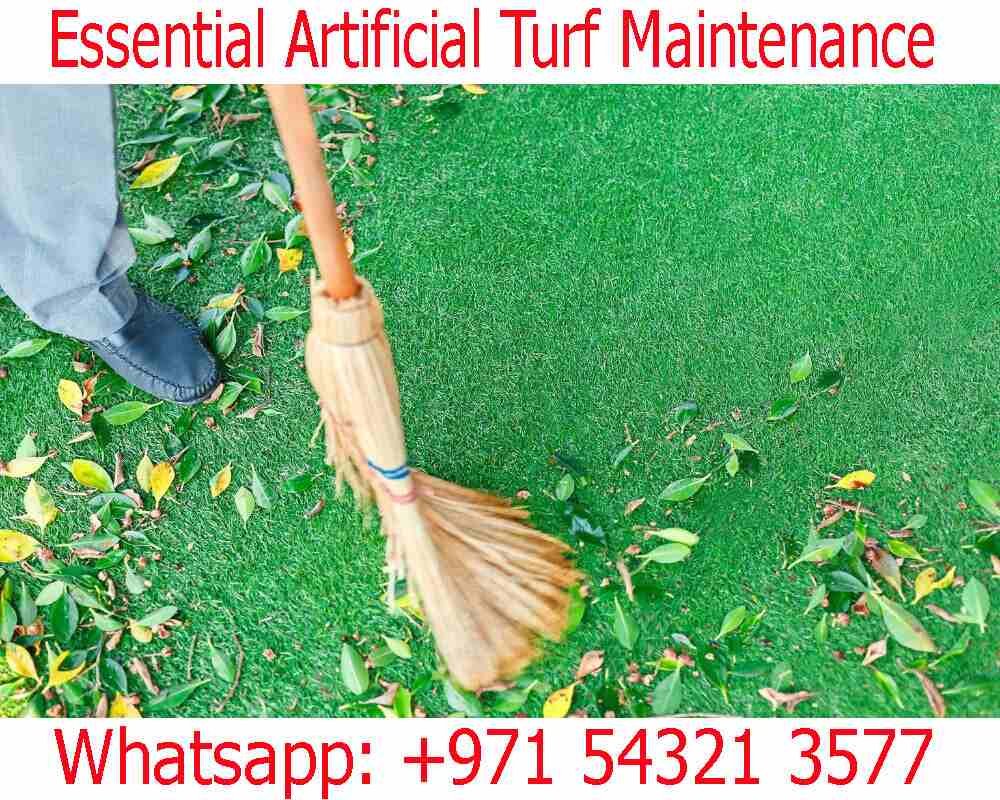
Daily Maintenance Tips
Sweeping and Raking
Sweeping and raking your artificial turf regularly is crucial to prevent the buildup of leaves, debris, and dirt. Use a stiff broom or rake to gently brush the turf in the opposite direction of the grass blades. This practice keeps the turf looking pristine and extends its usability.
Dealing with Leaves and Debris
Artificial turf can accumulate leaves and debris, especially during the fall season. To maintain its appearance, use a leaf blower or a gentle brush to clear away the litter. Regular removal prevents moisture retention and potential turf damage.
Quick Cleaning Solutions
For minor spills and pet messes, it’s essential to address them promptly. Use a mixture of mild detergent and water to clean the affected area. Rinse thoroughly to prevent residue buildup. Regular cleaning keeps your turf looking fresh.
Seasonal Maintenance Guide
Fall Cleanup
As autumn arrives, leaves and debris become a challenge. Regularly clear your turf of fallen leaves to maintain a clean, beautiful lawn. In addition, perform a deep cleaning to remove any embedded dirt.
Winter Considerations
In winter, snow and ice can accumulate on your artificial turf. Gently remove snow using a plastic shovel to avoid damaging the turf fibers. Ensure proper drainage to prevent water buildup.
Spring Preparations
Spring is the time for revitalization. Brush the turf to lift flattened fibers, and perform any repairs if needed. Also, inspect the infill and make sure it’s evenly distributed.
Turf Stain Removal
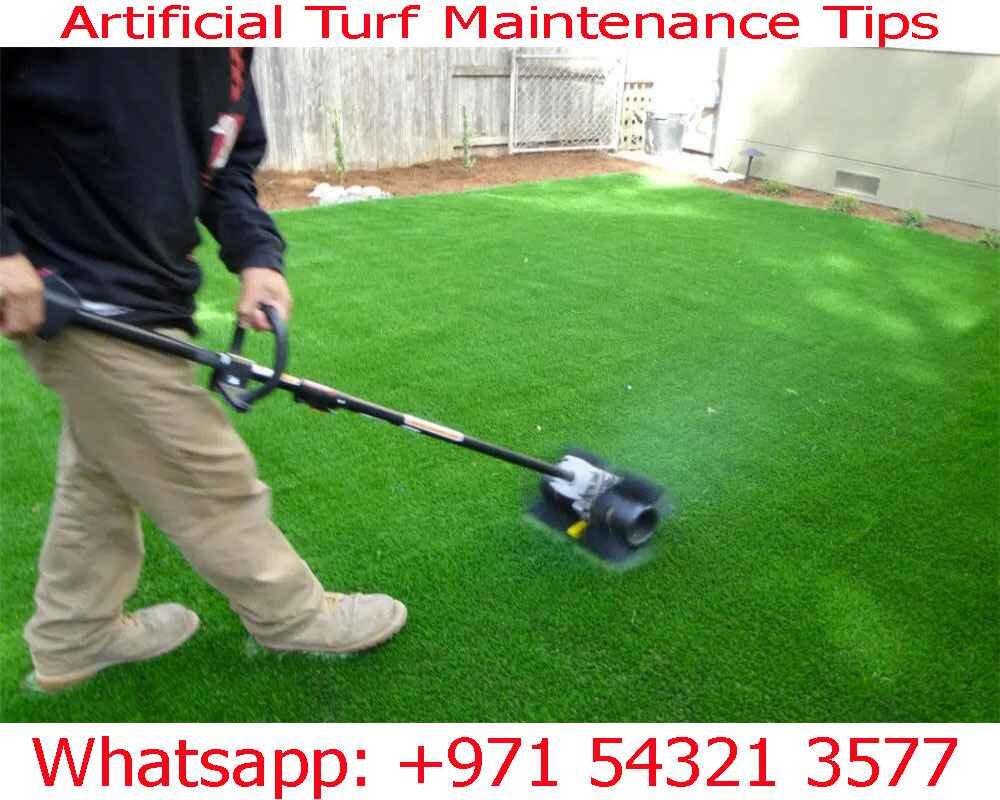
Common Stain Culprits
Stains on artificial turf can come from various sources, including pet urine, food spills, and even tree sap. Identifying the source is the first step in effective stain removal.
Effective Stain Removal Methods
Use mild soap and water to clean common stains. For more stubborn stains, consider a vinegar-water solution or a commercial turf cleaner. Regular stain removal keeps your lawn looking flawless.
Eco-Friendly Turf Maintenance
Water Conservation
Conserving water is not only eco-friendly but also cost-effective. To achieve water savings, make sure your turf has proper drainage and consider rainwater harvesting systems.
Recyclable Turf Materials
When choosing artificial turf, opt for recyclable materials. This sustainable choice ensures that your lawn remains eco-conscious and can be recycled when it reaches the end of its lifespan.
Pest Control for Artificial Turf
Identifying Turf Pests
Common pests that can affect artificial turf include ants, moles, and gophers. Identifying these pests early is crucial to prevent damage.
Natural Pest Control Methods
Natural pest control methods, such as using nematodes or installing pest-repelling plants, can help keep your artificial turf pest-free without harming the environment.
Conclusion
Incorporating these artificial turf maintenance tips into your routine will help you enjoy a beautiful, long-lasting, and low-maintenance lawn. With the right care and attention, your artificial turf can remain a lush and vibrant centerpiece of your outdoor space.
Artificial Turf Maintenance Tips
Frequently Asked Questions
How often should I clean my artificial turf?
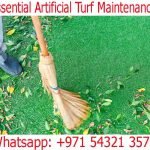
Answer: Regular sweeping and cleaning are recommended, with a more thorough cleaning at least once a month.
Can I use harsh chemicals on my artificial turf for cleaning?
Answer: It’s best to avoid harsh chemicals, as they can damage the turf. Stick to mild soaps and natural cleaning solutions.
Is it necessary to replace the infill material in my artificial turf?
Answer: Infills may need occasional redistribution but should not require frequent replacement.
Can I install artificial turf myself, or should I hire a professional?
Answer: While DIY installation is possible, hiring a professional ensures proper installation and longevity.
How long does artificial turf typically last?
Answer: With proper maintenance, artificial turf can last 15-20 years or even longer.

